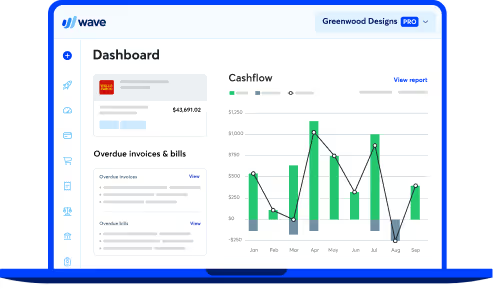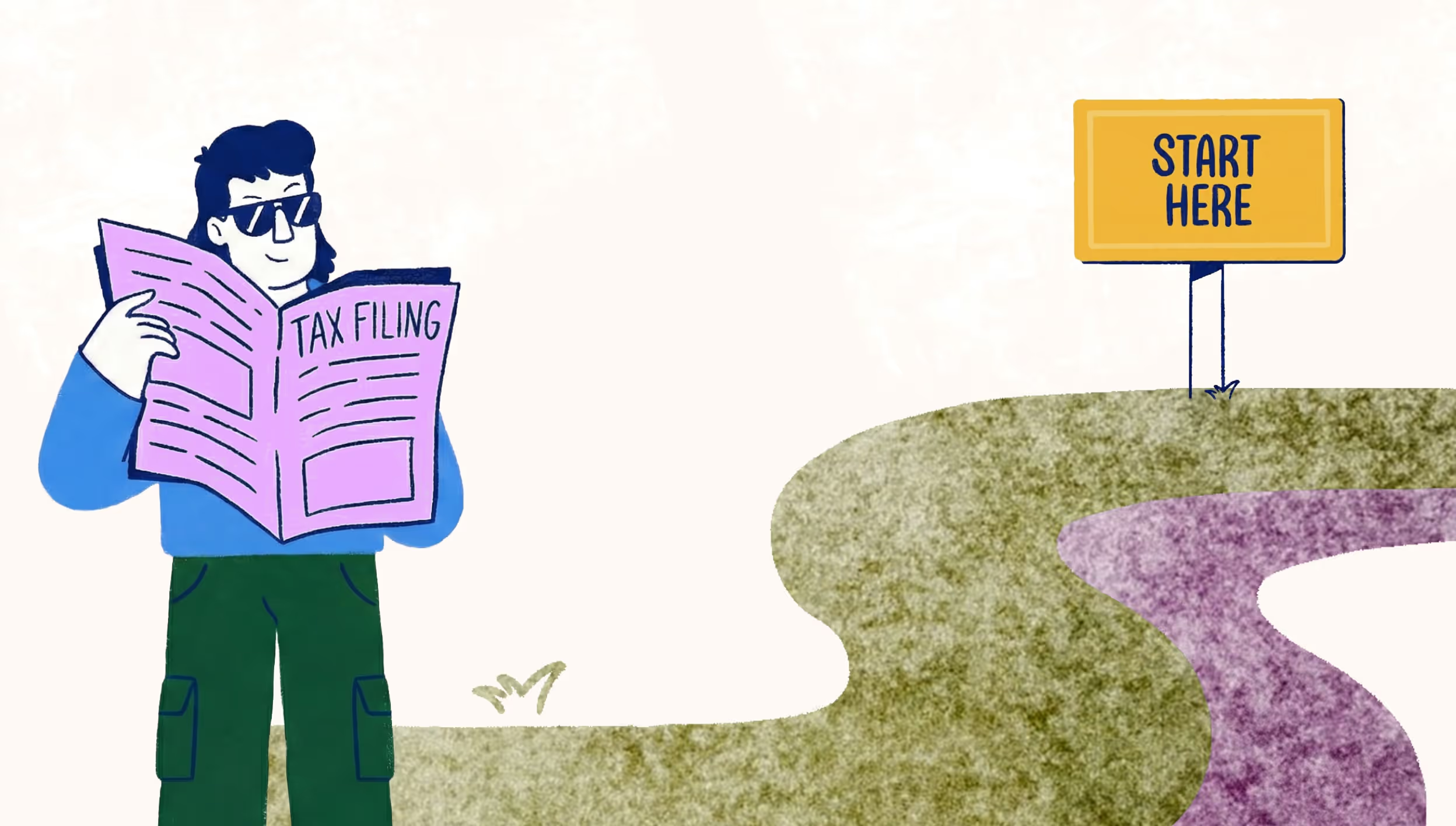
Separate business and personal finances to simplify tax season
Imagine you’re at the store picking up supplies for your business, and you realize you need to grab a few personal items as well. You purchase everything together, using money from the same account.
It seemed like the most efficient thing to do at the time, but you’re now left with the task of manually separating your business purchases for bookkeeping purposes. This not only drags your bookkeeping efficiency down throughout the year, but will give you major headaches come tax time—and may even get you in trouble with the Internal Revenue Service (IRS).
Despite this, just over a quarter of small and medium businesses don’t separate their personal and business finances. And nearly 23% find that blending these accounts is their biggest bookkeeping challenge, costing them both time and money.
That’s why we’re here to show you why separating your business and personal finances is so important, especially when it comes to taxes, and how to do it efficiently.
Why separate business and personal finances?
While organization is a key benefit to separating finances, it’s minor compared to these others:
1. Avoid overpaying on taxes
One of the biggest reasons to separate business and personal accounts is due to the tax benefits, and there are plenty.
Not only is it easier to pull income and expense reports for taxes, keeping these finances separate can also reduce what you owe.
Considering 30% of SMBs believe they overpay in taxes, this is a major upside.
When you separate business and personal finances, you can file your taxes separately as well. This puts most of the onus on your business and less on you personally.
In some cases, this can lower the amount you owe. Plus, depending on your business, you may actually be required to file separate tax returns.
2. Be ready at tax time
Many business owners wait until tax season to separate business and personal finances. That means even more work at what’s already one of the busiest times of the year for plenty of businesses. Separating finances can be even more difficult when done under tight deadlines like these.
By dividing your finances properly throughout the year, you can easily hand off all your business financial statements to your accountant for a clean, streamlined, organized process. Some might even charge extra if you don’t do this.
If you’re handling your taxes yourself, there’s still a lot of value in separating your finances. You won't incur costs to sort your records, and you’ll be able to focus on the tax preparation process rather than just getting documents ready.
Properly separated finances go a long way to reduce inaccuracies. This is critical, as inaccuracies in tax filings can lead to fines and other penalties from bodies like the IRS.
3. Understand which taxes you owe
Separating business and personal finances helps ensure you avoid overpaying taxes. You’re less likely to miss or omit a taxable benefit, and can be more confident that your taxes owing are accurate.
With an accurate view of your outstanding taxes, you can better plan out your cash flow. Knowing how much money is coming in and out of your business at any time is critical (including taxes your business may have incurred).
4. Improve your mindset
One of the challenges entrepreneurs face that isn’t always talked about is the mindset switch that comes with transitioning from employee to business owner.
Your passion is no longer just a passion—it’s a full-on business—and there’s a psychological shift that takes place.
You might doubt yourself or feel imposter syndrome sneaking in. But simple steps like formalizing your business with its own financial accounts can add legitimacy to your endeavor, and give you the confidence you need to launch a successful business.
How to separate business and personal finances
To be able to delineate business and personal transactions, there are a few steps you need to take before you head to the bank:
1. Decide if incorporating your business or being a sole proprietor is right for you. There are pros and cons to both, and it depends on your business structure and how big you hope to grow your business.
2. Determine how to pay yourself. It’s not as simple as just depositing the funds you receive from customers into your personal bank accounts; you need to set up a system you can stick to.
3. Open business financial accounts. This includes a checking account and credit card. You might also want to consider a business savings account.
4. Apply for a business credit card. This will give you credit history that you can lean on in later stages of your business.
5. Sign up for accounting software and link your financial accounts. You can track income and expenses for your business there.
What about shared expenses?
There are times when the lines blur between personal and business finances.
Home-based businesses, for example, might be able to write off part of their rent or mortgage, home internet, and home utility costs as business expenses.
Others might use their personal car to travel to and from meetings.
In these cases, you can pay with your personal accounts and claim some of the operating expenses on your business records.
Save the receipts and take notes for everything.
Remember to always ask your trusted tax professional, as every business and local jurisdiction is different.
Let Wave and H&R Block file your taxes for you
Now that your finances are separated, tax time will be much easier—but you can feel even more confident by using Block Advisors, part of H&R Block, to affordably prepare your taxes with 100% accuracy guaranteed (which is super easy, BTW, and available to all US-based customers). You can do your taxes on your own with help when you need it, or let a small business certified tax pro prepare and file for you.
You’ll cut down hours of work, get personal advice from tax pros, get all the latest info on tax deductions, and much more. Simply log into Wave and click the “Tax Filing” link in the navigation menu to get started.
(and create unique links with checkouts)
*While subscribed to Wave’s Pro Plan, get 2.9% + $0 (Visa, Mastercard, Discover) and 3.4% + $0 (Amex) per transaction for the first 10 transactions of each month of your subscription, then 2.9% + $0.60 (Visa, Mastercard, Discover) and 3.4% + $0.60 (Amex) per transaction. Discover processing is only available to US customers. See full terms and conditions for the US and Canada. See Wave’s Terms of Service for more information.
The information and tips shared on this blog are meant to be used as learning and personal development tools as you launch, run and grow your business. While a good place to start, these articles should not take the place of personalized advice from professionals. As our lawyers would say: “All content on Wave’s blog is intended for informational purposes only. It should not be considered legal or financial advice.” Additionally, Wave is the legal copyright holder of all materials on the blog, and others cannot re-use or publish it without our written consent.


























